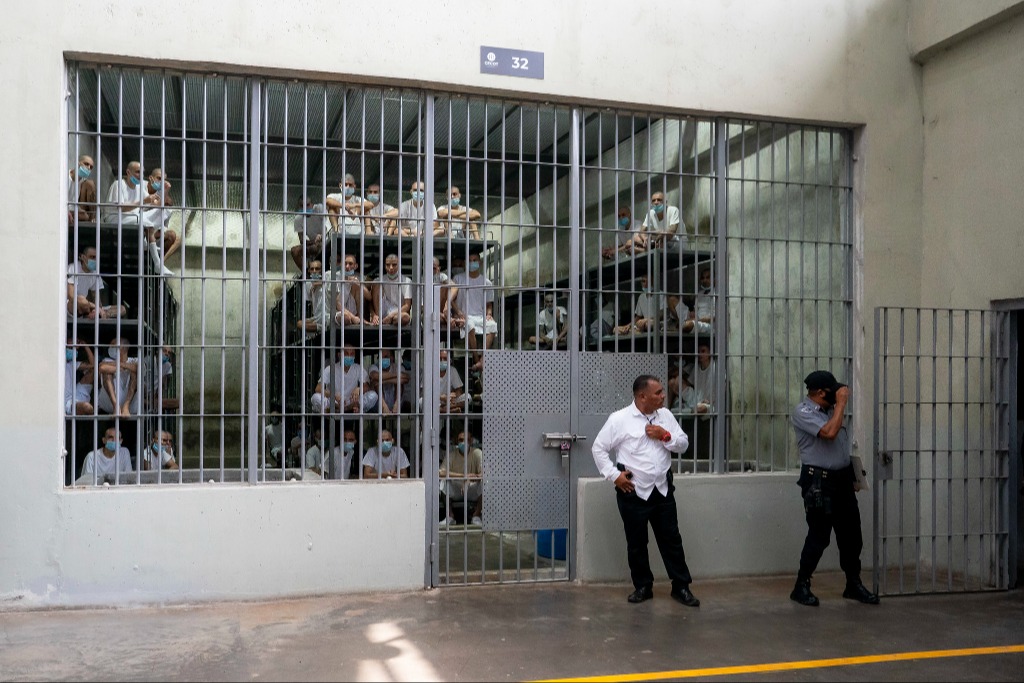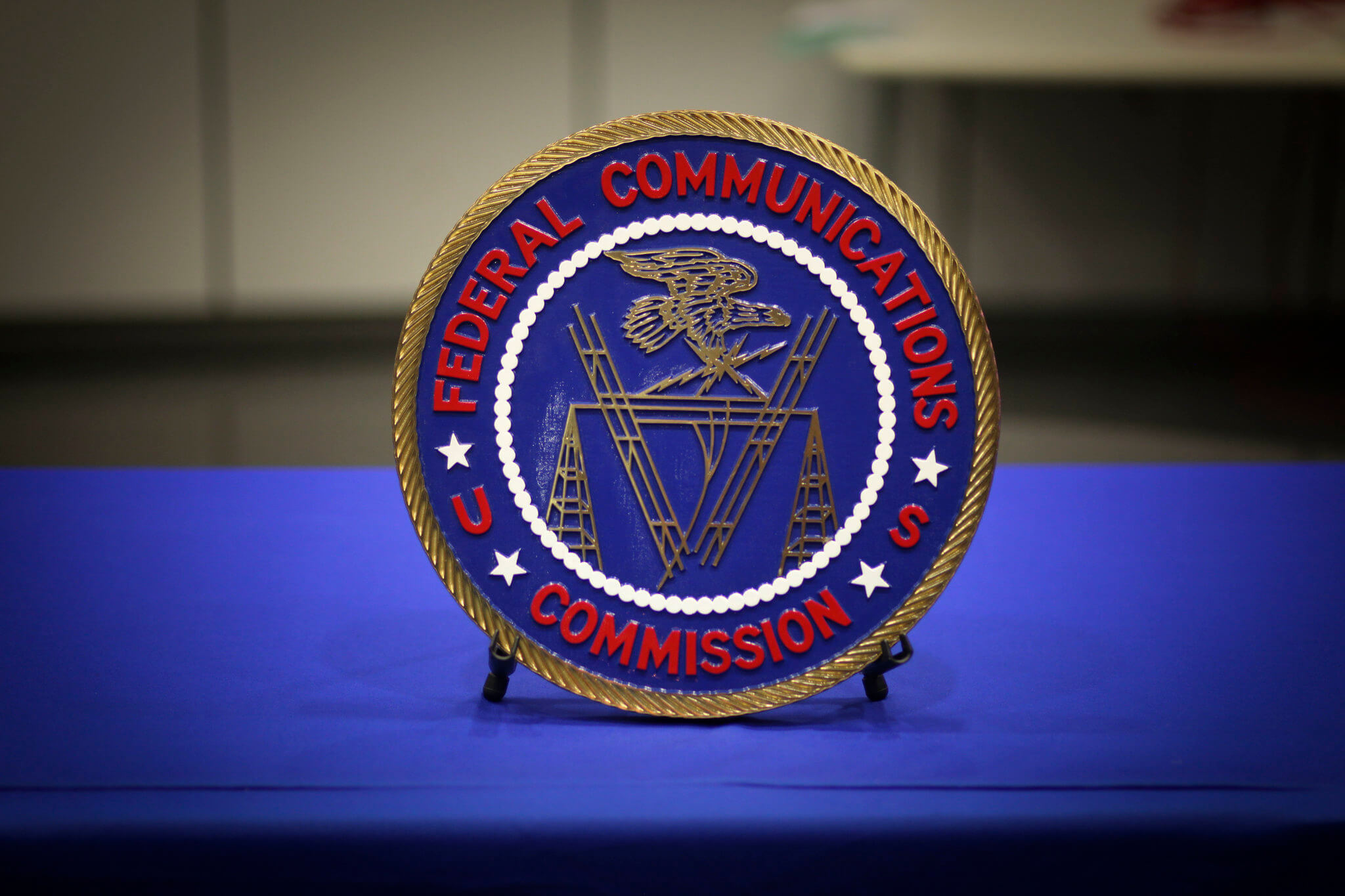Summary: En Banc D.C. Circuit Denies Flynn’s Emergency Petition for a Writ of Mandamus
In a per curiam opinion, eight members of the en banc D.C. Circuit denied Flynn’s petition on the grounds that issuance of the writ was premature and Flynn failed to meet the demanding requirements for the extraordinary relief of a writ of mandamus.

Published by The Lawfare Institute
in Cooperation With

On Aug. 31, the U.S. Court of Appeals for the D.C. Circuit, sitting en banc, denied an emergency petition for a writ of mandamus submitted by former National Security Adviser Michael Flynn. Flynn’s motion sought to compel District Court Judge Emmet G. Sullivan to grant the Justice Department’s motion to dismiss the charges against him with prejudice, vacate Sullivan’s order appointing John Gleeson as amicus and reassign the case to another district judge. In a per curiam opinion, eight members of the en banc D.C. Circuit denied Flynn’s petition on the grounds that issuance of the writ was premature and Flynn failed to meet the demanding requirements for the extraordinary relief of a writ of mandamus. As a result, Sullivan may continue with his original plan to consider the Justice Department’s motion, which includes the appointment of Gleeson as amicus, adversarial briefing from the parties and the holding of a hearing.
Judge Thomas Griffith, who retired from the court the day after the opinion was issued, wrote a brief concurring opinion. Judges Karen LeCraft Henderson and Neomi Rao—who formed the majority of the now-vacated panel opinion granting Flynn’s motion, over Judge Wilkins’s objections—wrote separate dissents, each joining with the other. Judge Gregory Katsas did not participate.
Factual Background and Procedural History
In December 2017, Special Counsel Robert Mueller charged Michael Flynn with making false statements to FBI agents under 18 U.S.C. § 1001. Flynn pleaded guilty the same day as part of a cooperation agreement with Mueller and his investigation. Ahead of Flynn’s initial sentencing in December 2018, the government cited his cooperation and did not push for prison time. But Sullivan postponed sentencing until Flynn could fulfill his cooperation obligations to the government, including testifying in the trial of former business partner Bijan Rafiekian. Flynn subsequently retained new counsel, did not testify at Rafiekian’s trial and began arguing that he did not commit any crimes. In response to this change of course, the prosecutors wrote a memo to Sullivan recommending that Flynn be sentenced to up to six months in prison. On Jan. 14, 2020, Flynn then moved to withdraw his guilty plea. On May 7, in a remarkable reversal, the Department of Justice then moved to dismiss “with leave of court” all charges against Flynn with prejudice under Federal Rule of Criminal Procedure 48(a), and Flynn consented to dismissal.
But Sullivan, overseeing Flynn’s case in the U.S. District Court for the District of Columbia, declined to immediately grant the government’s motion. (See Lawfare’s analysis on Sullivan’s authority to consider and potentially deny the Justice Department motion here.) Rather, on May 12, Sullivan indicated that he would welcome amicus curiae briefs from anyone who could assist the court in considering the motion since the parties, the Justice Department and Flynn, were now on the same side. Similarly, on May 13, Sullivan appointed an independent lawyer, former U.S. district court judge John Gleeson, as amicus curiae to “present arguments in opposition to the government’s Motion to Dismiss” and to “address whether the Court should issue an Order to Show Cause why [Petitioner] should not be held in criminal contempt for perjury”—on the theory that if Flynn is now claiming innocence, he must have committed perjury when he previously entered his guilty plea.
On the same day, Flynn filed an emergency petition for a writ of mandamus. The writ requested that the D.C. Circuit compel the district court to immediately grant the Justice Department’s motion to dismiss, vacate its order appointing Gleeson as amicus and reassign the case to another district judge. The panel of the D.C. Circuit assigned to hear the petition ordered a response from Sullivan. The panel also invited the Justice Department to respond, which the department did in support of Flynn’s separation of powers arguments for mandamus relief.
In June, the three-judge panel voted 2-1 to grant Flynn’s petition in part, ordering Sullivan to dismiss the case immediately without completing his review and vacating the appointment of amicus as moot, while declining to mandate that the case be reassigned to a different district judge.
Before the panel’s order became effective, Sullivan filed a petition for rehearing en banc. Both Flynn and the government filed responses to the petition arguing against rehearing. According to the majority’s opinion, a member of the D.C. Circuit also made a sua sponte suggestion that the case be reheard en banc. The court then voted to grant en banc review based on the sua sponte suggestion. (Henderson, in dissent, notes that the court’s order granting en banc review states that it was “[u]pon consideration of the petition for rehearing en banc” and does not mention any sua sponte suggestion.)
The court asked that the parties be prepared to address whether there are “no other adequate means to attain the relief” desired and the court heard oral arguments on Aug. 11.
Majority Opinion
The court opens its opinion by describing the high standard for the extraordinary remedy of a writ of mandamus. Under the Supreme Court precedent of Cheney v. U.S. Dist. Court for D.C., the writ of mandamus may be issued only if (a) there is no adequate alternative means of relief for the petitioner, (b) the right to the writ is “clear and indisputable” and (c) issuing the writ is appropriate. The opinion explains that all three requirements must be satisfied before a writ can be issued and if it fails at any prong then the writ must be denied. Citing two other Supreme Court cases, the majority emphasizes that a writ of mandamus “may never be employed as a substitute for appeal,” nor can a writ be used “to actually control the decision of the trial court.”
In its analysis, the majority first considers Flynn’s requests to compel the district court to grant the motion to dismiss the case and to vacate the appointment of Gleeson as amicus. The court concludes that these requests fail at Cheney’s first prong because an adequate alternative remedy exists. The majority explains that Flynn has three potential alternative remedies. First, the district court could still reject amicus’s arguments, grant the motion and dismiss the case. Second, if the district court denies the motion, ordinary appellate review is available. Third, there remains the possibility of future mandamus relief. In short, the majority concludes that mandamus relief is premature.
The majority emphasizes that there is no irreparable injury here, either to Flynn or to the executive branch, because the district court has not yet made a decision on the government’s motion. Distinguishing Flynn’s petition from other cases in which mandamus relief was granted, the majority states that it is not aware of “a single instance where any court of appeals has granted the writ to decide a trial court motion without first giving the district court an opportunity to make a decision.” The court notes that this is especially true when the objections raised on mandamus were not first raised to the district court. And even if the district court decides to institute intrusive judicial or even evidentiary proceedings to evaluate the motion to dismiss, as the government fears, the majority again emphasizes that “those harms are speculative and may never come to pass.”
The majority thus reasons that the mere continuation of the district court proceedings will not cause Flynn to suffer an irreparable injury, especially since Flynn is not in confinement for the duration of the proceedings. Similarly, in response to the Justice Department’s separation of powers concerns raised in its brief and reply brief, the court concludes that denial of the writ would not incur irreparable harm to the executive branch at this point in the proceedings: “Quite simply, the only separation-of-powers question we must answer at this juncture is whether the appointment of an amicus and the scheduling of briefing and argument is a clearly, indisputably impermissible intrusion upon executive authority, because that is all that the district judge has ordered at this point. We have no trouble answering that question in the negative.”
Next, the majority considers Flynn’s request to reassign the case to a different judge, concluding that Flynn’s request fails at Cheney’s second prong because he did not establish a clear and indisputable right to reassignment.
The court cites its prior decision in In re Kellogg Brown & Root, Inc. to explain that reassignment is warranted “only in the exceedingly rare circumstance that a district judge’s conduct is ‘so extreme as to display clear inability to render fair judgment.’” Flynn argued that Sullivan’s failure to grant the Justice Department’s motion, Sullivan’s appointment of an amicus to critique the government’s arguments, his plan for a briefing schedule to address other potential amici, and his statements made at court proceedings all indicate Sullivan’s bias and warrant reassignment of the case. But the court notes that judicial rulings or in-court statements rarely meet this “very high standard”—and Sullivan’s conduct did not, either.
Both the government and Flynn also noted that under Federal Rule of Appellate Procedure 35, only a “party” may petition for rehearing en banc, and so argued that Sullivan became a party to the case when he petitioned for rehearing and should be disqualified under 28 U.S.C. § 455(b)(5)(i). But the court reasons that a petition for a writ of mandamus is a separate action from the underlying case and the Federal Rules of Appellate Procedure specifically contemplate the possibility that a district judge has a role in addressing a mandamus petition. Thus, the majority concludes that Sullivan’s participation in the mandamus proceeding “has not (and could not, as a matter of law) transform him into a ‘party’ in the separate underlying criminal case.”
Finally, the court finds that Sullivan’s filing of a petition for rehearing en banc in response to the panel’s June order did not create an appearance of partiality justifying recusal or reassignment under 28 U.S.C. § 455(a). The majority explains that because Sullivan originally participated in the mandamus proceeding at the invitation of the panel and there was nothing in the en banc petition itself indicating bias, the “petition for rehearing did not, on its own, create a reasonable impression of partiality.”
The Concurrence
Griffith writes a concurring opinion to highlight that the court’s decision is not a partisan matter and not about the underlying merits of the Justice Department’s prosecution of Flynn or decision to abandon that prosecution. Rather, Griffith concludes that the majority’s decision “reach[es] the unexceptional yet important conclusion that a court of appeals should stay its hand and allow the district court to finish its work rather than hear a challenge to a decision not yet made.” Griffith notes “it would be highly unusual” if the district court did not grant the Justice Department’s motion to dismiss. But, like the majority, Griffith finds that in such an event Flynn will have other avenues of relief available. Thus mandamus relief is premature where there is only a pending motion.
The Dissents: Henderson and Rao
Henderson and Rao, the two judges who had granted Flynn’s request to order the dismissal of the case in the initial panel’s decision, both dissent and join in each other’s dissent.
Henderson disagrees with the court’s decision not to order dismissal of Flynn’s case and to decline reassignment of the case to a different trial judge. She states that her reasons for dissenting from the majority’s decision not to order dismissal of the case remain the same as the reasons stated in the panel’s June decision. Henderson thus writes separately “to explain why the trial judge is disqualified from further participation in this case” under 28 U.S.C. § 455.
Henderson first states that Sullivan should be disqualified as “a party to the proceeding” under § 455(b)(5)(i). While the three-judge panel did authorize Sullivan to participate in the mandamus proceedings by directing him to file a response to Flynn’s petition, Henderson argues that Sullivan overstepped by then independently filing for en banc review. Under the Federal Rules of Appellate Procedure, only a party may seek en banc review, and so Henderson argues that Sullivan should have been disqualified when he filed his petition for rehearing.
Henderson argues that, even if Sullivan is not disqualified as a “party” under § 455(b)(5)(i), he should be disqualified under § 455(a), requiring the disqualification of any judge whose “impartiality might reasonably be questioned.” Henderson notes that Sullivan’s conduct throughout the case, including his statements of “disgust” and “disdain” at Flynn’s plea hearing, the appointment of Gleeson as amicus, and Sullivan’s retention of private counsel, raise serious concerns about Sullivan’s impartiality. But Henderson explains that the three-judge panel had declined to reassign the case in June because such in-court statements and judicial rulings are usually insufficient to warrant disqualification. Henderson thus argues that Sullivan’s decision to petition for en banc review has compromised his impartiality “beyond repair.”
Rao also dissents, focusing on the separation of powers concerns previously made by the panel decision in June. She argues that permitting judicial review of executive prosecutorial decisions is an extraordinary situation calling for the extraordinary relief of mandamus.
First, contrary to the majority’s finding that mandamus relief is premature, Rao argues that the district court’s inquiry into the Justice Department’s motion to dismiss inflicts an irreparable injury to which there is no adequate alternative remedy. Rao explains that the Constitution vests the executive branch with the “independent and unreviewable” authority to prosecute. By contrast, Article III courts do not have such authority. Thus, Rao writes that even if the district court were to grant the Justice Department’s motion to dismiss at the conclusion of its inquiry, the executive would still be irreparably harmed by the infringement on its constitutional powers. Accordingly, Rao finds that mandamus relief is warranted now.
Next, Rao argues the district court’s authority to review executive prosecutorial decisions under Rule 48(a) is extremely limited. Rao finds that, while the district court should not just be a rubber stamp, executive prosecutorial decisions are entitled to a “presumption of regularity.” Rao argues further that, without some evidence of bribery, animus, or similar bad faith to justify a judicial inquiry, “[o]ur precedent prohibits a district court’s involvement in the Executive’s exercise of prosecutorial discretion by scrutinizing, overseeing, countermanding, or second-guessing the Executive’s considered judgment that the dismissal of criminal charges is in the public interest.”
Therefore, Rao concludes that permitting the district court to continue with its inquiry into the Justice Department’s motion to dismiss amounts to “a judicial usurpation of power as well as an abuse of discretion under Rule 48(a).”
Conclusion
While it is clear that the executive branch has the exclusive power to prosecute, the D.C. Circuit’s en banc decision allows for judicial inquiry of a Justice Department motion to dismiss before rendering a decision under Rule 48(a). But the exact scope of Sullivan’s ability to review the Justice Department’s motion, and where Flynn’s case goes from here, remains unclear.
On Sept. 1, the day after the en banc decision, Sullivan resumed his inquiry into the government’s motion. He ordered the parties to file a “joint status report with a recommendation for further proceedings” and to propose times for holding oral argument. Sullivan has since ordered briefing and scheduled a hearing for Sept. 29, where the court will hear oral arguments from the government, Flynn and Gleeson.
But after that point, Sullivan’s ability to further evaluate and decide the Justice Department’s motion may be limited. As the majority mentioned, if Sullivan initiates any other intrusive measures, such as an evidentiary proceeding, Flynn would have the option of filing a renewed mandamus petition. Moreover, if Sullivan ultimately denies the Justice Department’s motion, the case may well end up back before the D.C. Circuit. At that point, the appeals court could find that separation of powers concerns necessitate an order that the district court grant the government’s motion





